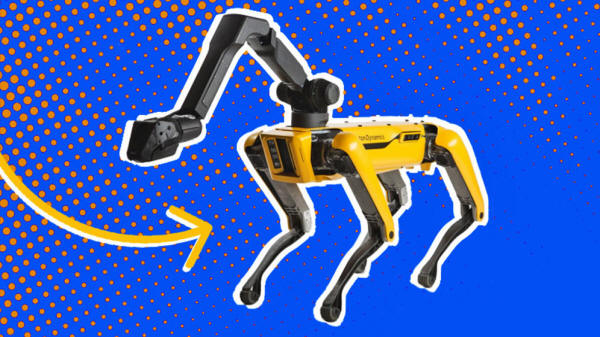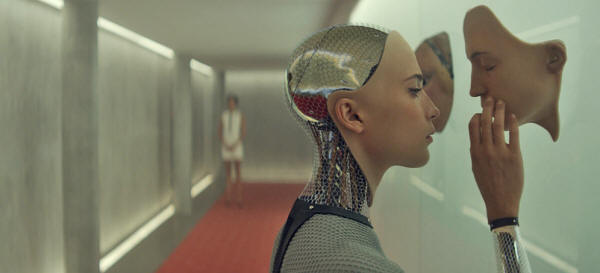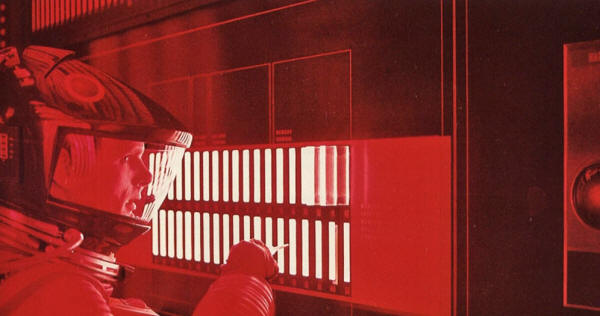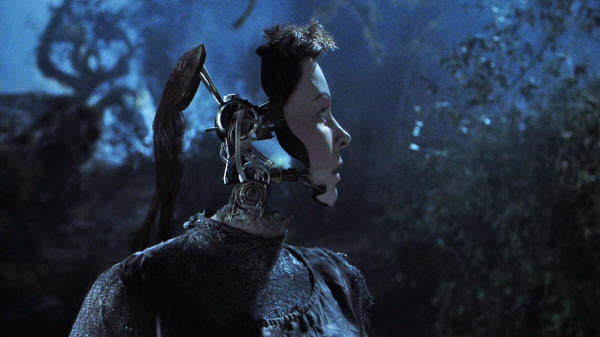|
Big Think
The headlines tend to group together this vast and diverse field into one subject.
Robots emerging from the labs, algorithms playing ancient games and winning, AI and its promises are becoming a part of our everyday lives. While all of these instances have some relationship to AI, this is not a monolithic field, but one that has many separate and distinct disciplines.
A lot of the times we use the term Artificial intelligence as an all-encompassing umbrella term that covers everything. That's not exactly the case.
...are all fascinating and separate topics. They all serve as an integral piece of the greater future of our tech.
Many of these categories tend to overlap and complement one another. The broader AI field of study is an extensive place where you have a lot to study and choose from.
Understanding the difference between these four areas are foundational to getting a grasp and seeing the whole picture of the field.
Blade Runner 2049 depicts a world over-run... and populated heavily... with robots.
Artificial
intelligence
These types of things include,
There are two main types of AI:
Our current technological capabilities fall under the latter. Narrow AI exhibits a sliver of some kind of intelligence - be it reminiscent of an animal or a human.
This machine's expertise
is as the name would suggest, is narrow in scope. Usually, this type
of AI will only be able to do one thing extremely well, like
recognize images or search through databases at lightning speed.
Mostly any
technologically literate person uses this type of tech every day.
Often times - but
not all the time - AI utilizes machine learning, which is a subset
of the AI field. If we go a little deeper, we get deep learning,
which is a way to implement machine learning from scratch.
AI algorithms are usually
only one part of a larger technological matrix of hardware,
electronics and non-AI code inside of a robot.
Robot... or
artificially intelligent robot?
A robot is a programmable
machine that carries out a set of tasks autonomously in some way.
They're not computers nor are they strictly artificially
intelligent.
Here are a few different examples of some robots we have today:
Some of these robots, for
example, the assembly line robot or surgery bot are explicitly
programmed to do a job. They do not learn. Therefore we could not
consider them artificially intelligent.
This is a recent development, as most industrial robots were only programmed to carry out repetitive tasks without thinking. Self-learning bots with machine learning logic inside of them would be considered AI.
They need this in order
to perform increasingly more complex tasks. "I'm sorry, Dave..." Hal 9000 from Stanley Kubrick's
It was a term coined by Arthur Samuel in 1959, where he stated:
The idea is to get the
algorithm to learn or be trained to do something without being
specifically hardcoded with a set of particular directions. It is
the machine learning that paves way for artificial intelligence.
Rather than create a detailed and long-winding program that could do it, he thought of a different idea. The algorithm that he created gave his computer the ability to learn as it played thousands of games against itself. This has been the crux of the idea ever since.
By the early 1960s, this program was able to beat
champions in the game.
Those being:
In a supervised setting, a computer program would be given labeled data and then be asked to assign a sorting parameter to them.
This could be pictures of different animals and then it would guess and learn accordingly while it trained. Semi-supervised would only label a few of the images.
After that, the computer program would have to use its algorithm to figure out the unlabeled images by using its past data. Unsupervised machine learning doesn't involve any preliminary labeled data.
It would be thrown into
the database and have to sort for itself different classes of
animals. It could do this based on grouping similar objects together
due to how they look and then creating rules on the similarities it
finds along the way.
It knows a set amount of
rules and bases its progress on the end result of either winning or
losing. A.I., 2001
Stephen Speilberg
Deep learning
It works in the realm of
vast amounts of data and comes to its conclusion with absolutely no
previous knowledge.
Once that was completed,
it would then parse through the different edges and shapes, ranking
them in a differential order to determine the difference.
Of all the AI disciplines, deep learning is the most promising for one day creating a generalized artificial intelligence. Some current applications that deep learning has spurned have been the many chatbots we see today.
Alexa, Siri and Microsoft's Cortana can thank their brains because of this nifty tech.
A new cohesive approach
There have been many seismic shifts in the tech world this past century.
From the computing age to the internet and to the world of mobile devices. These different categories of tech will pave the way for a new future.
Or as Google CEO Sundar Pichai put it quite nicely:
Artificial intelligence in all of its many forms combined together will take us on our next technological leap forward.
Video
|






